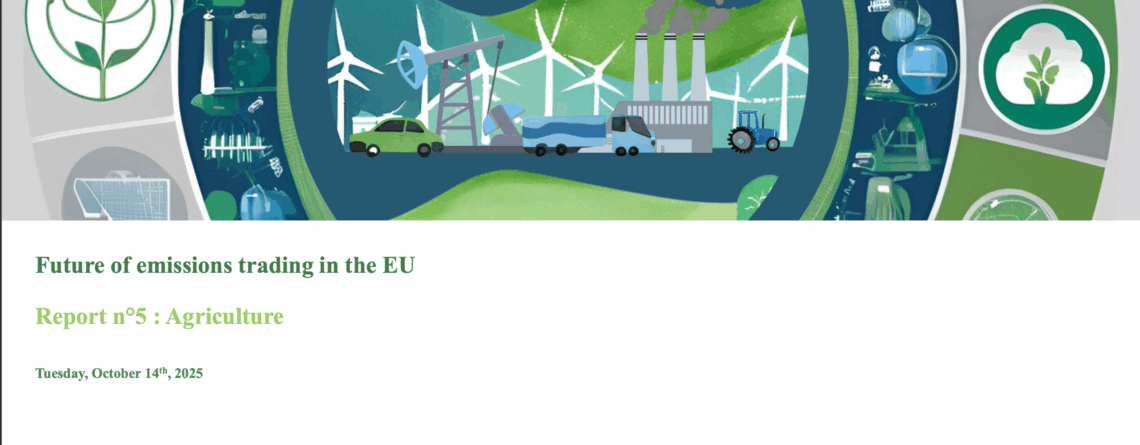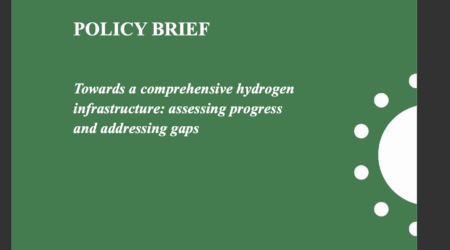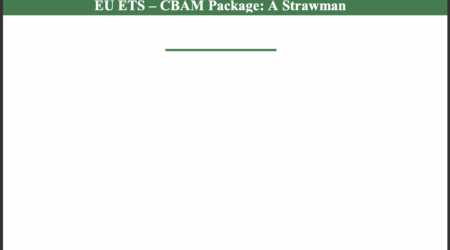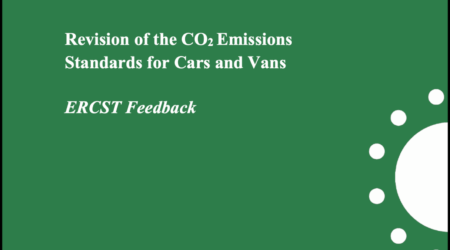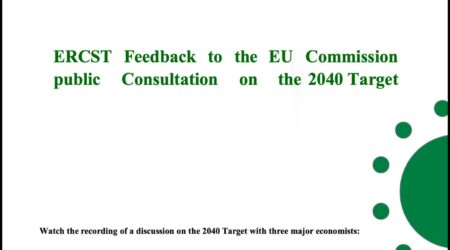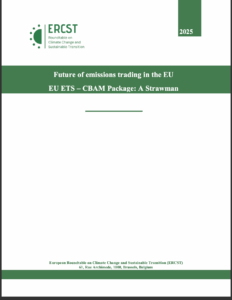Future of Emissions Trading in the EU: Agriculture ETS
Author(s): Andrei Marcu, Pauline Nouallet, Nigel Caruana
The report examines the legislative context for an agricultural emissions trading scheme (AgriETS), explores its potential benefits and barriers, and outlines key considerations for its effective implementation.
Key takeaways:
– Recommendation 1: An AgriETS should follow a stepwise and transitionary approach, beginning with a separate or linked model before considering full integration into the EU ETS.
– Recommendation 2: The design of the point of obligation should follow a hybrid approach, combining a mix of obligations for upstream or processing actors with voluntary participation at farm level.
– Recommendation 3: The scope of emissions should be limited to measurable and controllable sources.
– Recommendation 4: GHG removals should be incorporated into an AgriETS from the onset, under MRV framework that allows them to function as a complementary instrument contributing to overall ETS target reductions.
– Recommendation 5: An AgriETS must safeguard the competitiveness of EU agriculture and prevent carbon leakage.
– Recommendation 6: MRV must be robust, harmonised, and proportionate.

